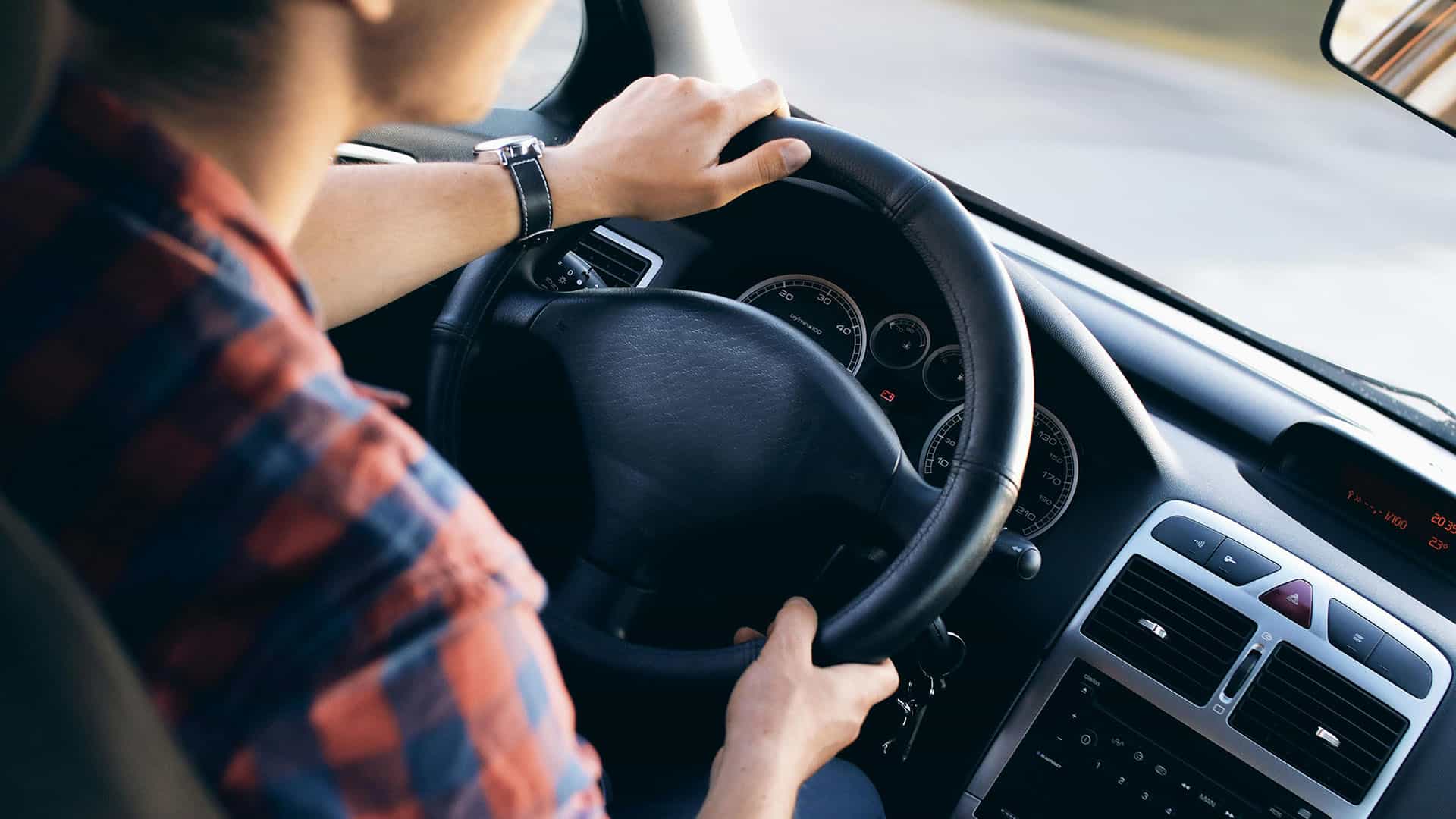
Newsletter Subscribe
Enter your email address below and subscribe to our newsletter

Enter your email address below and subscribe to our newsletter

Driving can be liberating and intimidating for newer drivers or those who have experienced anxiety behind the wheel. The key to mastering the road lies in balancing self-assurance with vigilance.
Confidence enables drivers to make quick, effective decisions, while caution helps them avoid reckless behavior and unforeseen dangers. With traffic conditions constantly changing and distractions becoming more prevalent, cultivating a mindful and skillful driving approach has never been more crucial.
This blog post will explore six important strategies that can help you develop the confidence to navigate any road while keeping safety at the forefront of every journey.

The foundation of any confident and cautious driver is a strong understanding of traffic laws and regulations. Knowing the speed limits, right-of-way rules, and local driving customs keeps you legally compliant and reduces the chances of hesitation in unfamiliar situations.
When drivers are uncertain about the rules, they may slow down unnecessarily, make abrupt stops, or second-guess decisions, leading to confusion and accidents. Take time to study the driver’s manual, stay updated on new traffic laws, and observe how experienced drivers handle different situations.
The more knowledge you gain, the more assured you’ll feel in your driving choices.
One effective way to improve personal safety and accountability while driving is by recording your trips. Video footage provides an objective record of road events, helping to clarify liability in case of accidents or disputes.
For commercial drivers and companies, fleet dash cam systems with GPS offer an added layer of functionality by combining real-time tracking with visual documentation, which can be crucial for training, monitoring, and resolving incidents efficiently.
Even individual drivers benefit from reviewing footage to identify risky habits or driving patterns. When drivers know their actions are being recorded, they often become more mindful and cautious, contributing to a safer driving environment for everyone.
Confidence is built through experience, and driving in a variety of environments helps prepare you for whatever the road throws your way.
Begin with familiar, low-traffic areas before gradually exposing yourself to more complex scenarios like highways, city streets, night driving, or inclement weather. Each setting presents its own set of challenges, like navigating roundabouts, merging onto busy roads, or handling slippery pavement.
The more you practice in these environments, the more you develop muscle memory and situational awareness. Your reactions become quicker and more instinctive, allowing you to handle stressful conditions without panic or hesitation.
A poorly maintained vehicle can severely impact your ability to drive confidently and safely. Unreliable brakes, dim headlights, or worn tires create safety hazards and can distract you from focusing on the road.
Regular maintenance, such as oil changes, tire rotations, brake inspections, and fluid checks, ensures your car responds as expected during critical moments. Clean mirrors and windows improve visibility, while a clutter-free interior minimizes distractions.
When you know your vehicle is dependable and well-maintained, you’re more likely to feel secure behind the wheel, allowing you to focus entirely on driving.
Caution on the road starts with full awareness. Distracted driving is a leading cause of accidents, and even brief lapses in attention can have serious consequences. Avoid using your phone, adjusting controls while moving, or turning around to speak with passengers.
If you need to make a call, send a message, or change navigation settings, pull over safely first. Practice scanning the road ahead and checking mirrors frequently to anticipate potential hazards.
Staying mentally present enables you to respond quickly and correctly to changing traffic patterns, erratic drivers, or unexpected obstacles.
Driving confidently means making decisions that protect everyone on the road. One of the simplest and most effective safety practices is maintaining a proper following distance.
A good rule of thumb is the “three-second rule,” which ensures you have enough time to react if the vehicle in front of you suddenly stops. In poor weather or heavy traffic, increase this distance further. Obey speed limits and adjust your speed based on conditions.
Driving at a controlled, appropriate speed reduces the risk of collisions and gives you time to make thoughtful decisions.

Driving with confidence and caution is a skill that develops through a combination of knowledge, experience, and self-awareness.
By respecting the rules, practicing regularly, maintaining your vehicle, staying alert, driving at safe distances and speeds, and recognizing your boundaries, you can navigate any road with assurance.
The goal is to do so safely, responsibly, and with a sense of control that grows every time you turn the key.